Elon Musk has always thrived on bold claims and the contradictions that follow. On July 23, he joined Tesla’s second-quarter earnings call, the standard ritual in which executives talk up their company’s performance and future. Musk was in full visionary mode.
That day, he painted a glowing picture of the future of Dojo, Tesla’s ultra-ambitious, custom-built supercomputer designed to train the neural networks for Full Self-Driving (FSD) and Tesla’s humanoid robot, Optimus. He called the next generation of Dojo “really spectacular,” spoke of a new “AI factory” with “a lot of potential,” and laid out plans for Dojo 3.
His tone and detail suggested Dojo was one of Tesla’s most important projects, an active, thriving pillar of the company’s identity as an AI leader.
Less than a month later,

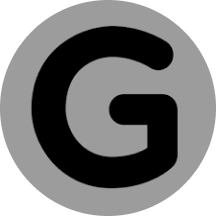 Gizmodo
Gizmodo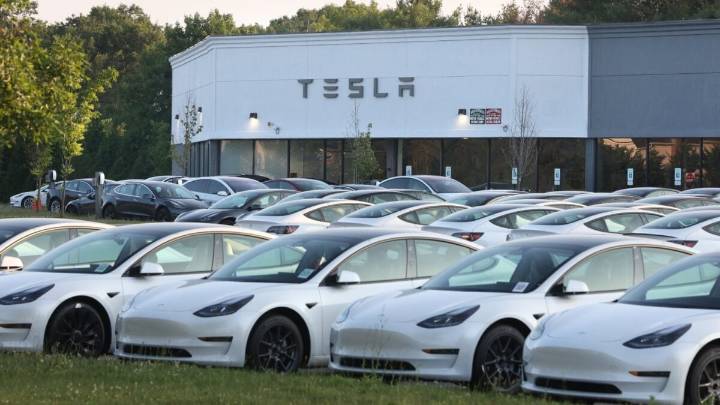

 FOX 5 Atlanta Crime
FOX 5 Atlanta Crime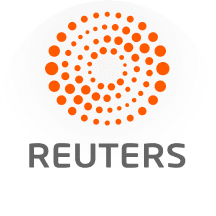 Reuters US Business
Reuters US Business People Human Interest
People Human Interest TechCrunch
TechCrunch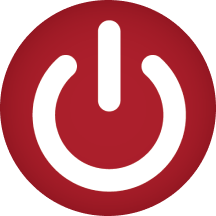 PC World
PC World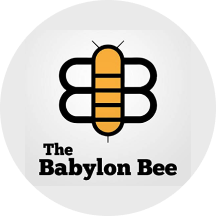 The Babylon Bee
The Babylon Bee Axios
Axios Women's Wear Daily Retail
Women's Wear Daily Retail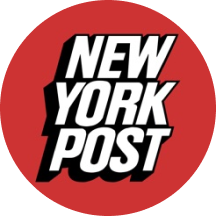 New York Post Opinion
New York Post Opinion